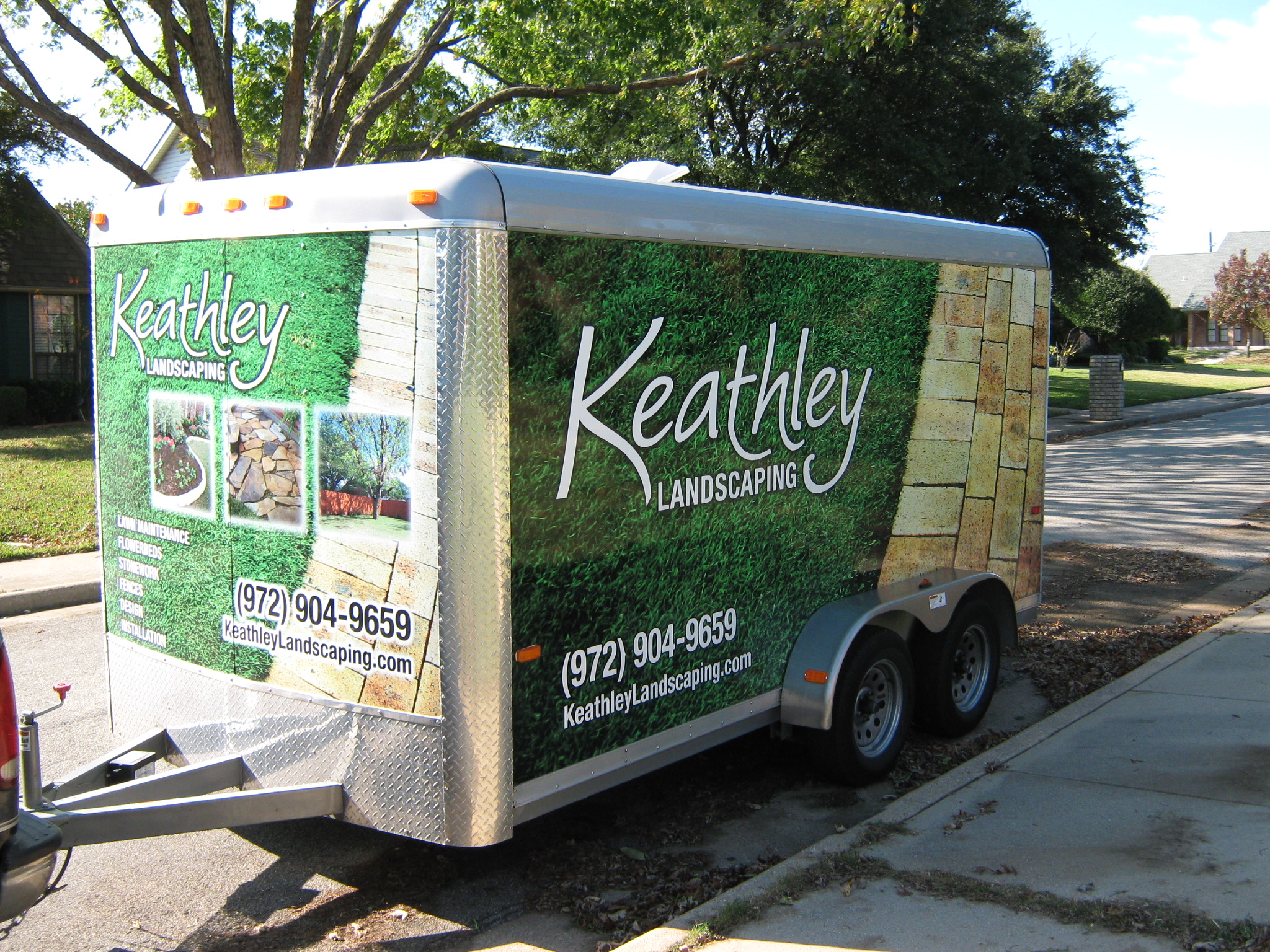The Connection Between Yard Drainage and Pest Control
When it comes to maintaining a healthy and aesthetically pleasing yard, many homeowners focus on landscaping, planting flowers, and manicuring lawns. However, an often overlooked but crucial aspect of yard maintenance is proper drainage. Poor yard drainage can lead to a myriad of issues, including pest infestations. In this blog post, we will explore the intricate connection between yard drainage and pest control, providing actionable insights to help you manage and maintain your outdoor space more effectively.
Understanding Yard Drainage
Yard drainage refers to the system that manages water flow on your property, ensuring that excess water is effectively diverted away from your home and other structures. Proper drainage is essential to prevent water from pooling and causing damage, such as soil erosion, foundation issues, and the creation of breeding grounds for pests.
The Importance of Proper Drainage
Statistics reveal that improper drainage affects nearly 20% of homes in the United States, leading to significant structural and environmental problems. Effective drainage not only protects the structural integrity of your home but also helps maintain a balanced ecosystem in your yard.
Common Drainage Solutions
Several solutions can improve yard drainage, including:
- Installing French drains
- Creating rain gardens
- Utilizing dry wells
- Sloping soil away from the foundation
Implementing these solutions can prevent excessive water accumulation and the subsequent issues it brings.
The Link Between Poor Drainage and Pest Infestations
Pests thrive in environments where water is abundant. Stagnant water serves as a breeding ground for mosquitoes and other insects, while damp conditions attract rodents and termites. Understanding the connection between poor drainage and pest infestations is crucial for effective pest control.
How Standing Water Attracts Insects
Mosquitoes are one of the most common pests associated with standing water. According to the CDC, mosquitoes require only a small amount of water to breed. Just one inch of water can produce hundreds of mosquitoes, increasing the risk of diseases such as West Nile Virus and Zika.
Rodents and Damp Conditions
Rodents, like rats and mice, are also attracted to damp environments. They often seek refuge in basements and crawl spaces that are prone to moisture accumulation due to poor drainage. This can lead to significant property damage and health risks.
Actionable Tips to Improve Yard Drainage and Minimize Pests
Improving yard drainage is a proactive step in minimizing pest infestations. Here are some actionable tips:
Regular Maintenance of Drainage Systems
Ensure that gutters and downspouts are free of debris and direct water at least 10 feet away from the house. Check for blockages regularly, especially after heavy rainfall.
Use Natural Landscaping Solutions
Consider planting native plants that are more tolerant of local water conditions. These plants can help absorb excess water and reduce pooling, providing a natural deterrent to pests.
Install a Sump Pump
A sump pump can be an effective solution for areas prone to flooding. It helps remove accumulated water around the foundation, reducing the risk of pests attracted to damp environments.
Conclusion: Combining Drainage and Pest Control for a Healthy Yard
Proper yard drainage is an essential component of an effective pest control strategy. By addressing drainage issues, you not only protect your property from water damage but also create a less inviting environment for pests. Implementing the solutions and tips discussed in this post can lead to a healthier, more enjoyable outdoor space.
Remember, maintaining a well-drained yard requires regular attention and care. By staying proactive, you can safeguard your home and enjoy a pest-free environment. For more information and expert advice on yard drainage and pest control, feel free to contact us or explore additional resources on our website.






































Recent Comments